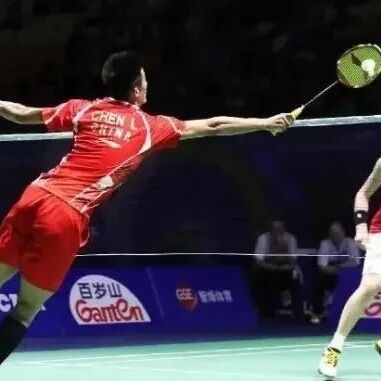How can you break free from your opponent's pressure in the backhand area? Just remember this one trick—and it’ll be enough!
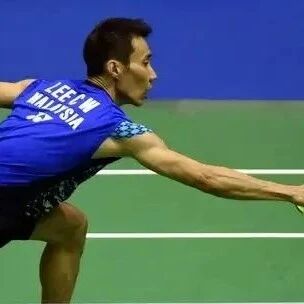

The backcourt backhand area in badminton has always been a major headache for many players—once your opponent locks onto it, it’s tough to shake off their control, leaving you feeling utterly frustrated. Today, we’ll show you how to break free from your opponent’s pressure.
When handling shots in the backhand area of the court, you have two hitting options: 1) a backhand stroke; or 2) a cross-court forehand overhead shot.
When watching international badminton matches, it’s easy to notice that male players typically opt for a backhand shot when handling shots in the backcourt’s reverse area—and they execute it effortlessly, sending the shuttlecock deep into their opponent’s backcourt. In contrast, female players usually choose a sideways forehand overhead stroke instead. For amateur badminton enthusiasts, we often say it’s beneficial to learn from female athletes, so naturally, we emphasize practicing more of those versatile, side-facing forehand overhead shots.
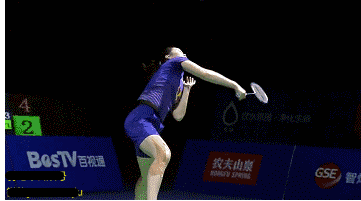
However, many times when the opponent’s shot comes quickly, or when your footwork is limited, you may not have enough time to pivot and step back for a forehand overhead shot. In such cases, a backhand shot becomes an excellent alternative.
In the backcourt, backhand shots essentially come down to the backhand high clear, backhand smash, and backhand drop shot. Many players already struggle with their forehand high clears and smashes—let alone mastering the backhand versions! That’s precisely why the backhand drop shot is an excellent choice. As a crucial transitional technique in the backcourt, the backhand drop shot can be a game-changer: executed wisely, it not only helps you avoid danger but can even lead directly to a point.
Generally, when placing the straight net, aim for positions 4 and 8 (with your thumb shifting from pressing against the wider side to the narrower side).

Place it diagonally near the net, gripping at positions 1 and 5 or 3 and 7—because when playing diagonally, your wrist needs to make a flicking motion.
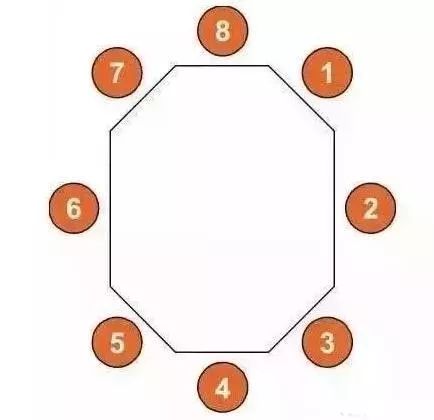
Determine whether it's a two-step or three-step move based on the ball's distance.
Two-step shot:Step directly backward with your left foot, follow through with a body turn, and then step forward forcefully to the left front with your right foot. At this moment, your body is facing away from the net, with your weight evenly balanced on your right foot.
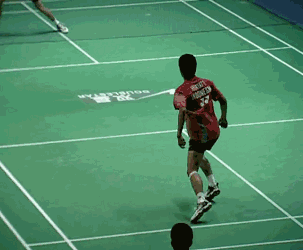
Three-step hitting:If the distance is too far to complete in two steps, you can first bring your right foot slightly toward your left foot before taking the two-step swing motion.
During the footwork movement, change your grip as in Step 1, bend your elbows, and bring your arms back to chest level.
The upper arm drives the forearm in a swift, diagonal motion—from below the left shoulder toward the upper right, with the wrist flicking from adduction to abduction. The racquet strikes the lower-right portion of the shuttlecock’s base. At the moment of impact, the racket face should exhibit a slight forward push to prevent the shot from dropping into the net.
To execute a solid backhand drop shot, keep these 5 points in mind.
1. Strengthen your practice to ensure the ball grazes the net. This can only be achieved through repeated drills, experimenting with varying racquet face angles and swing speeds to create different ball trajectories. If the ball consistently clears the net but ends up too high, focus on increasing wrist engagement during practice. On the other hand, if the ball keeps dipping into the net, aim to raise your hitting point and emphasize a forward push of the racket at the moment of impact.
2. Never extend your arm fully when performing a lob shot. If you’re not yet comfortable, practice swinging the racket with your arms bent during the backswing to strengthen that movement.
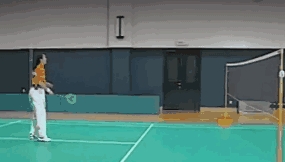
3. Combining straight-line and angled shots creates unpredictable ball trajectories that keep your opponent guessing.
4. Maintain consistency in your movements, and before hitting the ball, try to disguise your true intentions as much as possible. In the initial phase of your swing, mimic the motion used for a powerful backhand drive aimed at hitting a high, long shot—but just as you’re about to strike, abruptly slow down and smoothly transition into a drop shot instead.
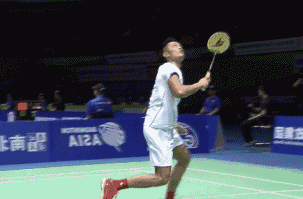
5. Remember the purpose of the backhand drop shot: The primary tactical goal of executing a backhand drop shot from the backcourt is to transition and escape your opponent’s pressure—only secondarily does it aim to create scoring opportunities.
Finally, let’s summarize the key technical points for executing a backhand drop shot in the backcourt: The shot should be delivered with a deceptive motion, featuring unpredictable variations between straight and angled trajectories—combined with its fast pace—often catching opponents off guard and leading to costly mistakes under pressure.
More article recommendations:
Badminton GIF Tutorial: Full-Court Footwork Breakdown for Real-Game Application!
Without breaking these 5 bad habits, it’ll be really tough to improve your badminton skills.
What specific efforts should we make to master the backhand shot in badminton?
Related Articles

What exactly is badminton doubles awareness? This article explains it thoroughly.

8 Ways to Improve Your Badminton Anticipation—Helping You Win from Afar!
